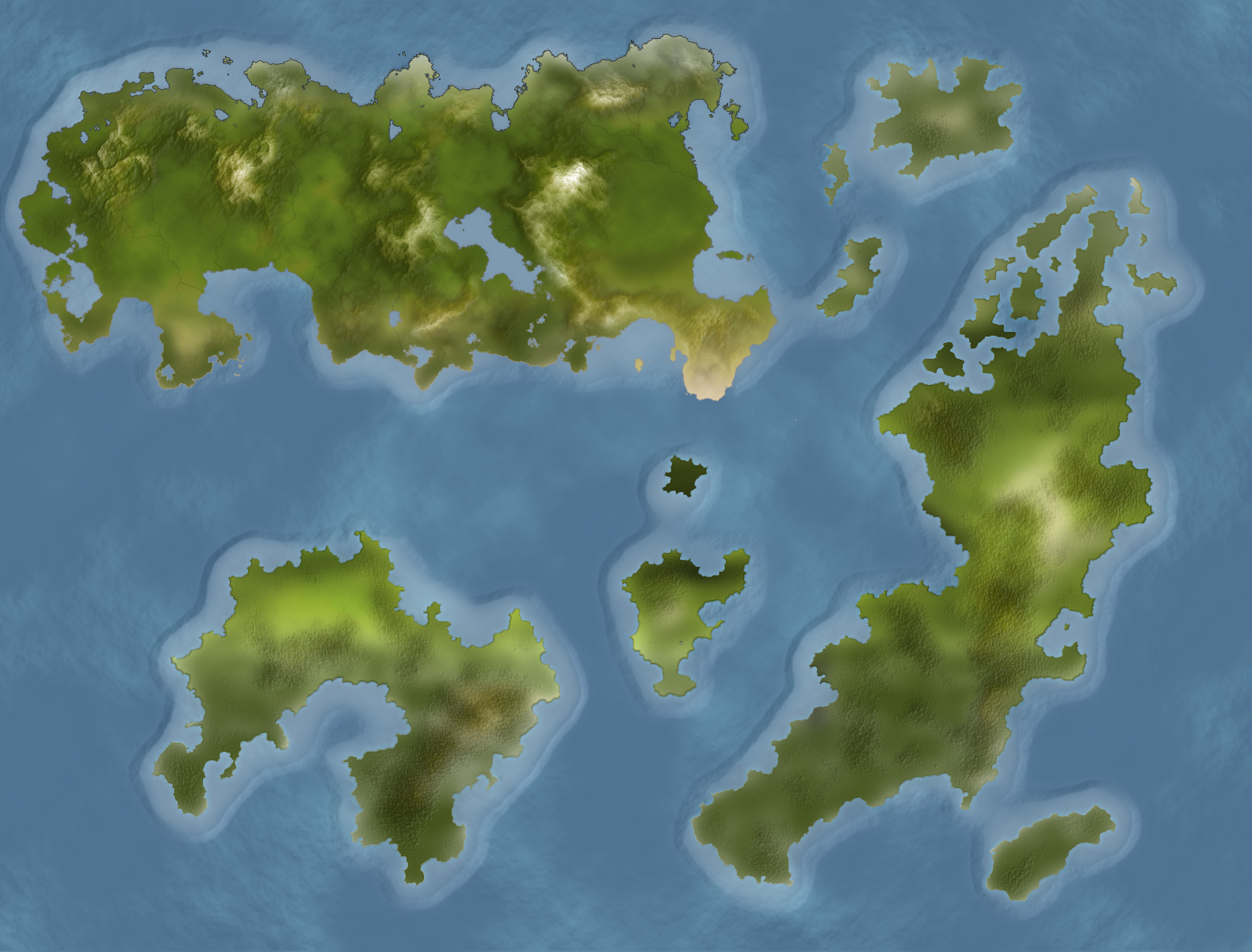On the
Nuaira: Cousins separated by less than a millennia, yet distant due to location and environment. Similar in culture and philosophy, the Nuaira are admired for their achievements and viewed as the foundation upon which Valaira better themselves.
On the
Humans: Predators who stop at nothing to consume anything they desire. The actions of
The Haphrises War are fresh in the cultural memory of the Valaira, causing the
Ezirandi to be seen as somewhat of a bogeyman from which to hide. The
Falcresti,
Norten Fiereni, and
Southern Fiereni are not much better, their whaling and fishing ships a sign of encroaching danger. Where the humans go, death follows.
On the
Golenti: Unable to adjust to the currents of change, the Golenti are little more than the rocks with which they build their homes. They can be reliable, but limited exposure to them has forced the Valaira to consider them through the lens of their Nuaira ancestors.
On the
Fiore: Little is known about these diminutive people, save for the small colonies established in some of the island kingdoms. Their disarming nature makes them one of the only surface folk the Valaira will trade with, second only to the Nuaira.
On the
Djenati: If the Fiore are relatively unknown to the Valaira, the Djenati are even more a legacy of historic record. With little interaction between the two people, the Valaira consider them to be pranksters and agents of chaos, based only on the stories told by their ancestors.
On the
Maro: Kindred spirits of the water, the Valaira admire their accomplishments and frequently engage them in trade, though the Valaira dislike the militant Maro culture and expansionist ideals. The Valaira were taken in by the Maro after
The Burning of Hauala before venturing out to form their own civilizations. The Valaira are careful to keep the location of their underwater settlements hidden, trading only in neutral territory (typically close to an
e'Valai surface settlement).






Comments